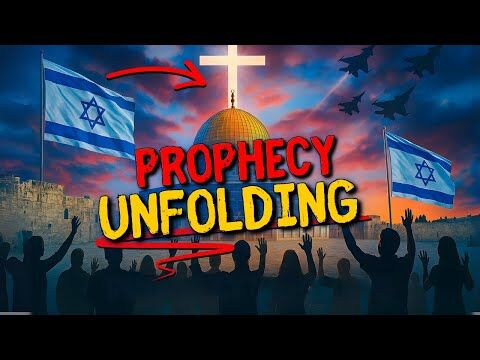When studying the Bible, one very important but often overlooked thing is knowing the difference between translation and interpretation. This may not seem significant on the surface, but it is vital if you want to arrive at valid scriptural conclusions. The truth is that no matter what version of the Bible you are reading, it is a blend of translation and interpretation. This in and of itself is not bad, because anytime you translate from one language to another, there is some interpretation needed, if only because not all languages have words for every word and others have many different words for a single word. One example is the Greek word kurios, which is translated “Lord” in most Bibles and can mean “lord” as in “master,” it can mean “sir” and it can mean Lord as in G-D. One Greek word, three different translations, which require interpretation in order to accurately portray the writer’s meaning. An example would be the woman at the well in John 4:11.
(All of the verses I will be using in this article will be from the King James Version.)
“The woman saith unto him, Sir, thou hast nothing to draw with, and the well is deep: from whence then hast thou that living water?” (John 4:11).
In this verse, the word “Sir” is translated from the word kurios, while in John 20:28 we see the same word translate
These two verses show the same Greek word translated
But in John 20:28, it is clear that Thomas is proclaiming the deity of Yeshua as his Lord.
While some interpretation in transla
Let me provide an example of this. Hebrews 8:13 says, “In that he saith, A new covenant, he hath made the fir
You will notice that in the printed text of Hebrews 8:13 there are two words that are in italics, “covenant” and “is.” The reason they are in italics is to identify to the reader that these two words are not in the actual Greek manuscript. These two words were added by the translators to a
Let me explain in the book of Hebrews the writer begins in Chapter 4
“Called of God an high priest after the order of Melc
“Whither the forerunner is
“If therefore perfection were by the Levitical priesthood, (for under it the people received the law,)
Then in Hebrews 7:12, we find the first mention of something that is going to change, and the chapter begins to explain the difference
Chapter 8 begins with these words, which continue the same topic that started in chapter 4.
“Now of the things which we have spoken this is the sum:
Chapter 8 continues to describ
“For where a testament is, there must also of necessity be the death of the testator. For a testament is of force after
Also consider Galatians 3:14-17:
That the blessing of Abraham might come on the Gentiles through Jesus Christ; that we might receive the promise of the Spirit through faith. Brethren, I speak after the manner of men; Though it b
e but a man’s covenant, yet if it be confirmed, no man disannulleth, or addeth thereto. Now to Abraham and his seed were the promises made. He saith not, And to seeds, as of many; but as of one, And to thy seed, which is Christ. And this I say, that the covenant, that was confirmed before of God in Christ, the law, which was four hundred and thirty years after, cannot disannul, that it should make the promise of none effect.
Notice that we are told that when G-D makes a covenant it cannot be disannulled, and the example we are given is
One more thing to consider is that Hebrews was written somewhere between A.D. 65 and 68, just before the destruction of the temple in Jerusalem, and with that destruction, the priesthoo
So we see that in context, the book of Hebrews is speaking of the transition from the Aaronic priesthood to the priesthood of Messiah, a better priesthood. Yet by adding one word of interpre
Eric Tokajer is author of With Me in Paradise, Transient Singularity, OY! How Did I Get Here?: Thirty-One Things I Wish Someone Had Told Me Before Entering Ministry, #ManWisdom: With Eric Tokajer and Jesus is to Christianity as Pasta is to Italians.































































